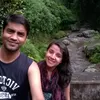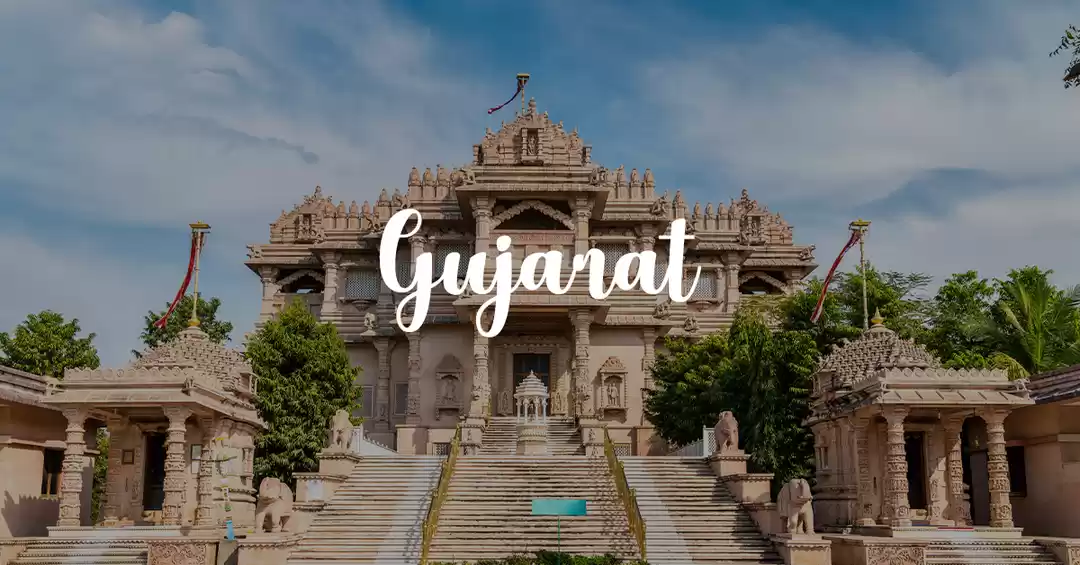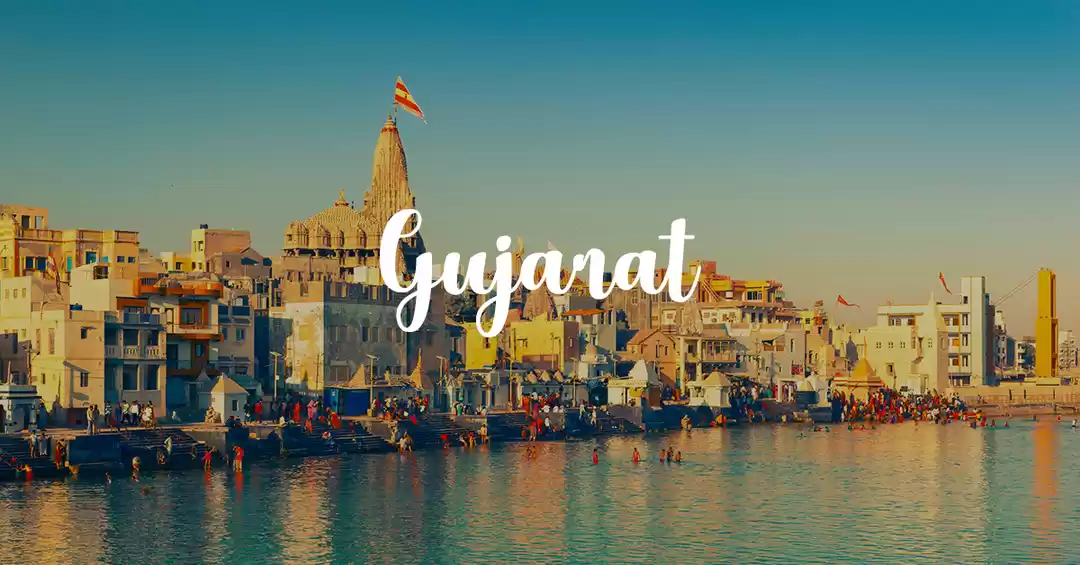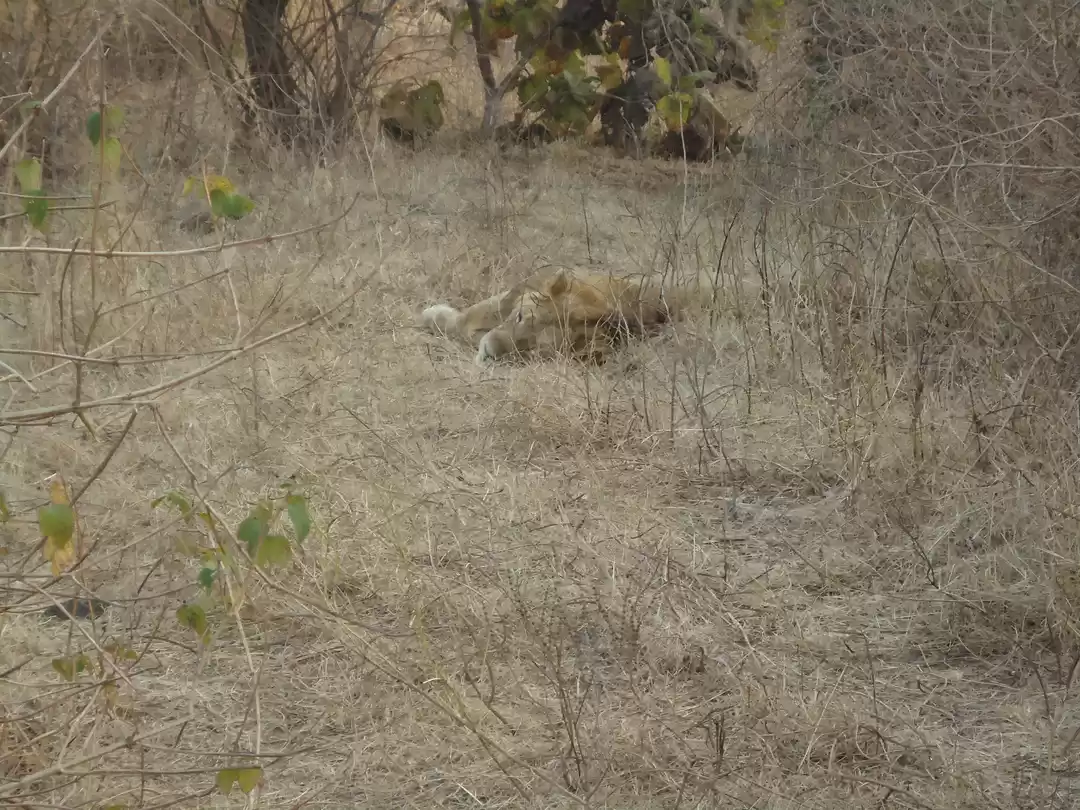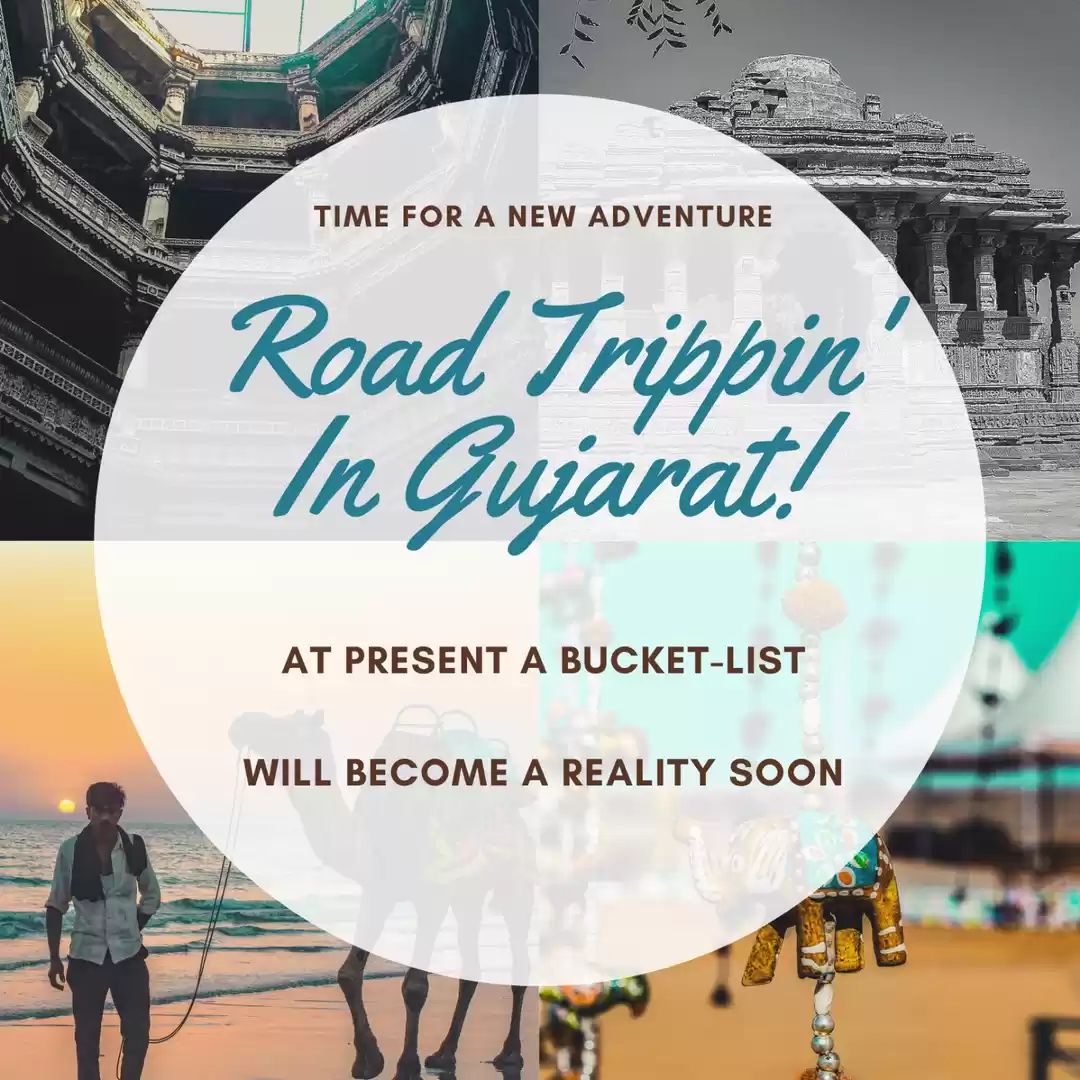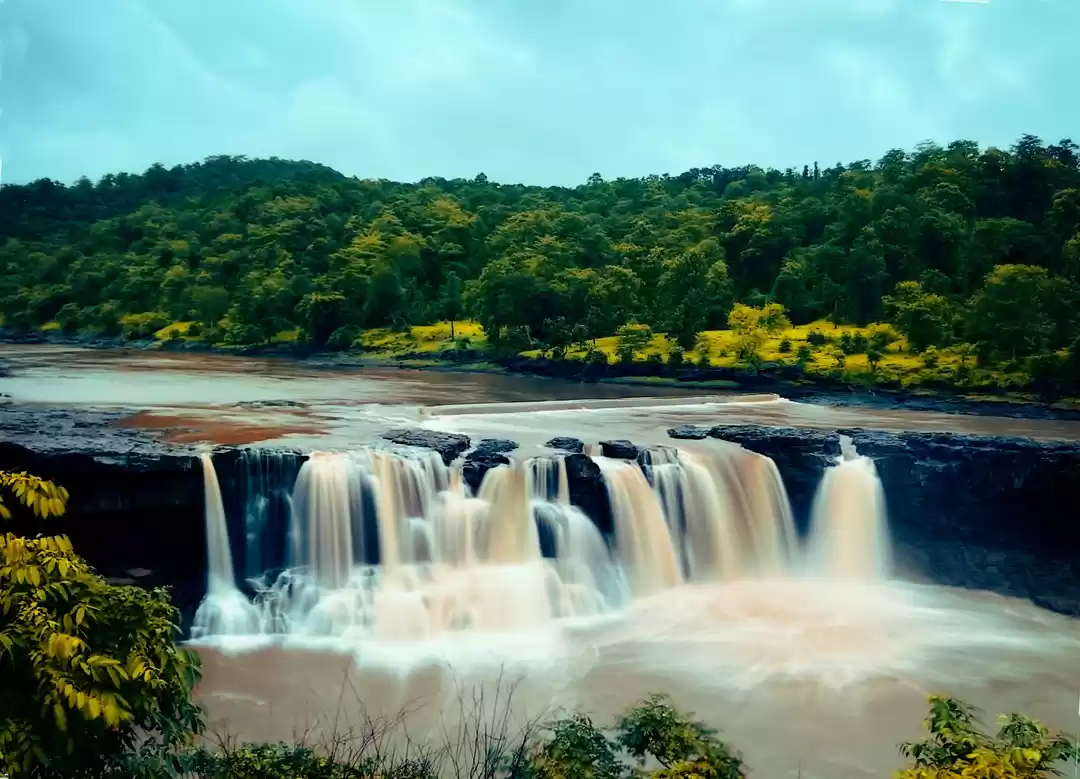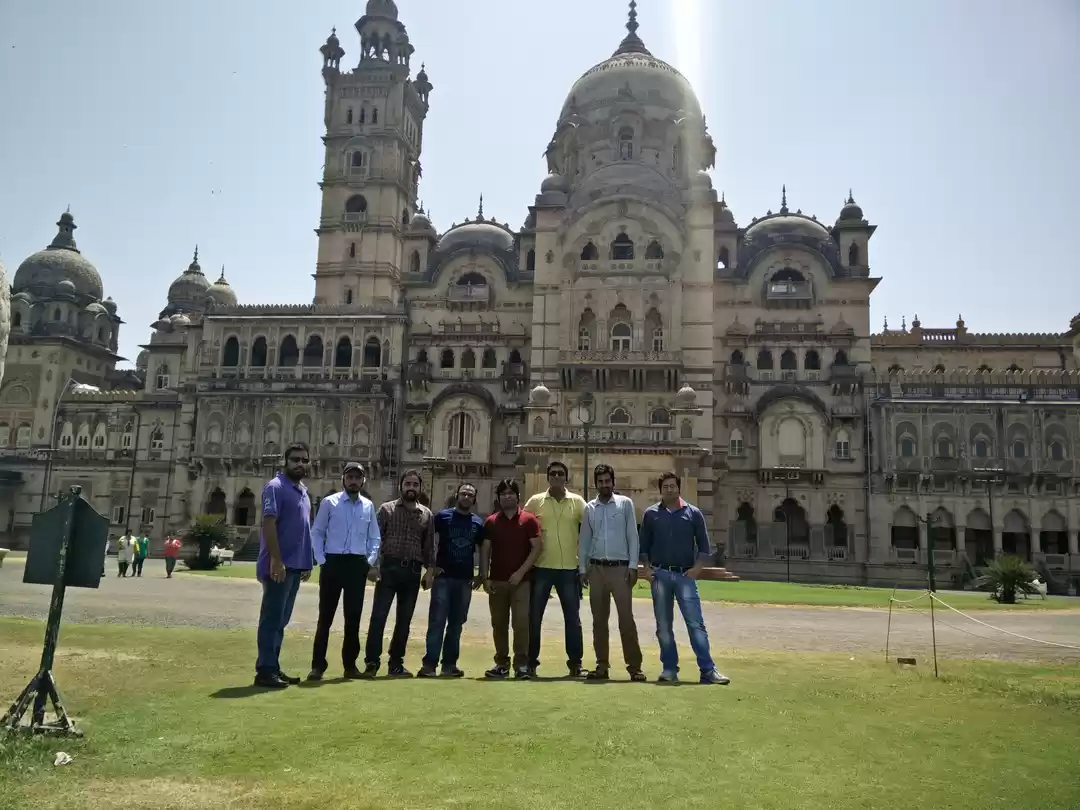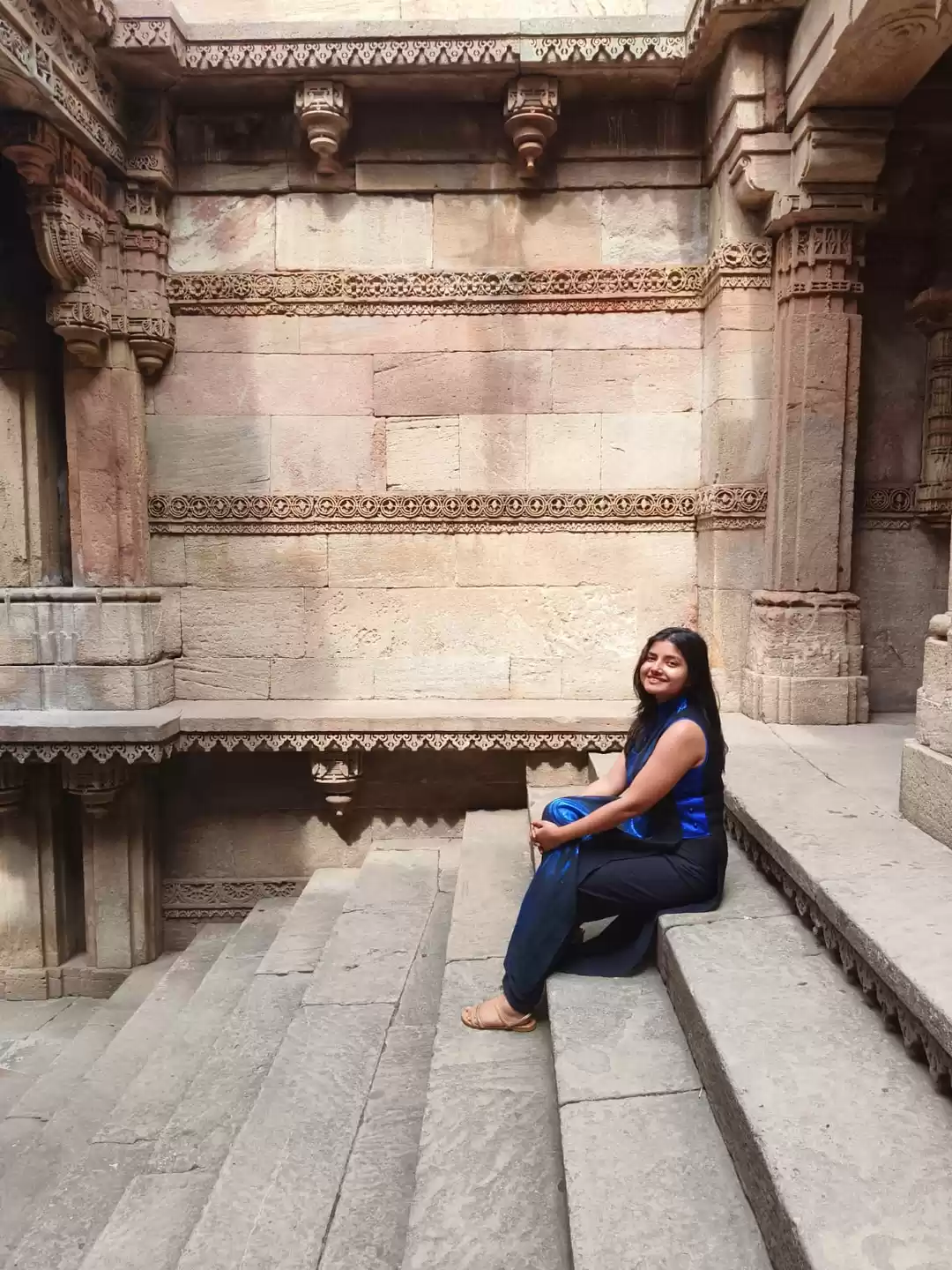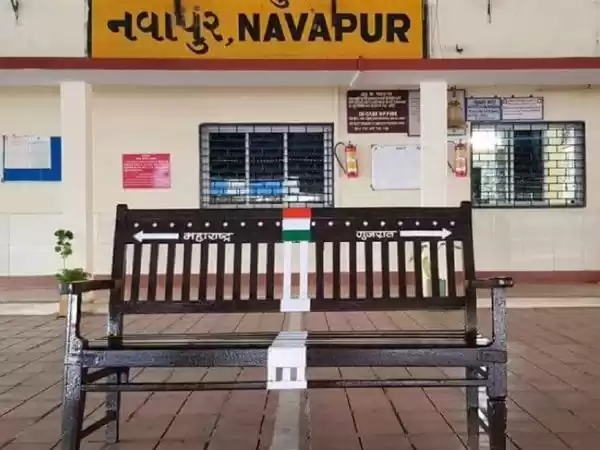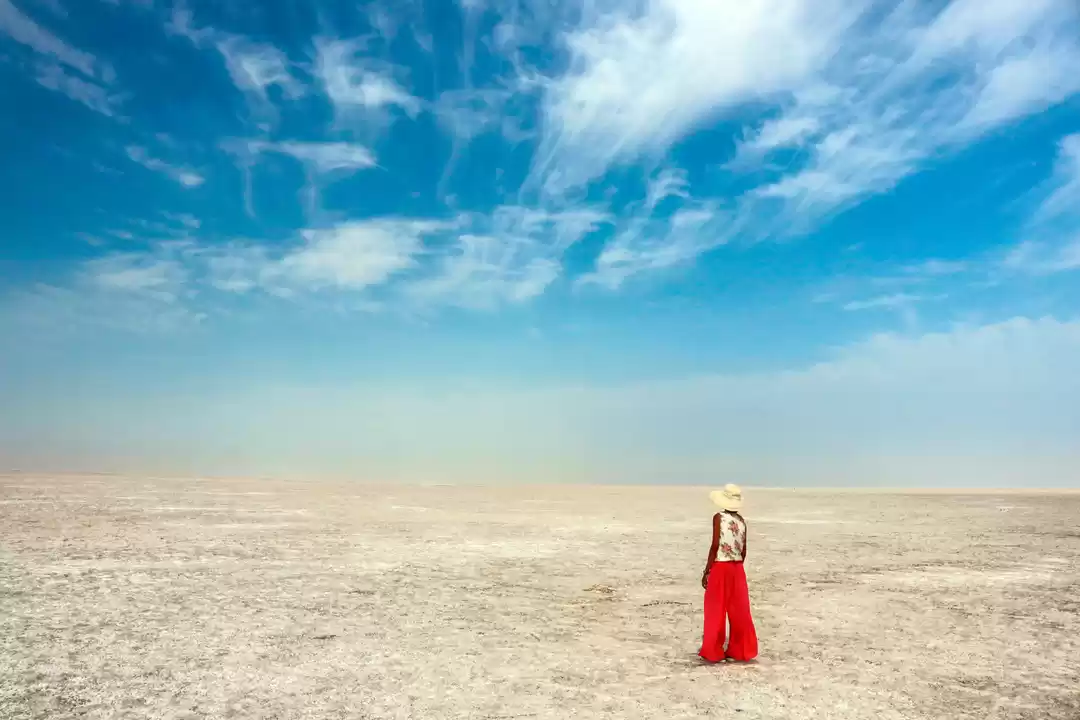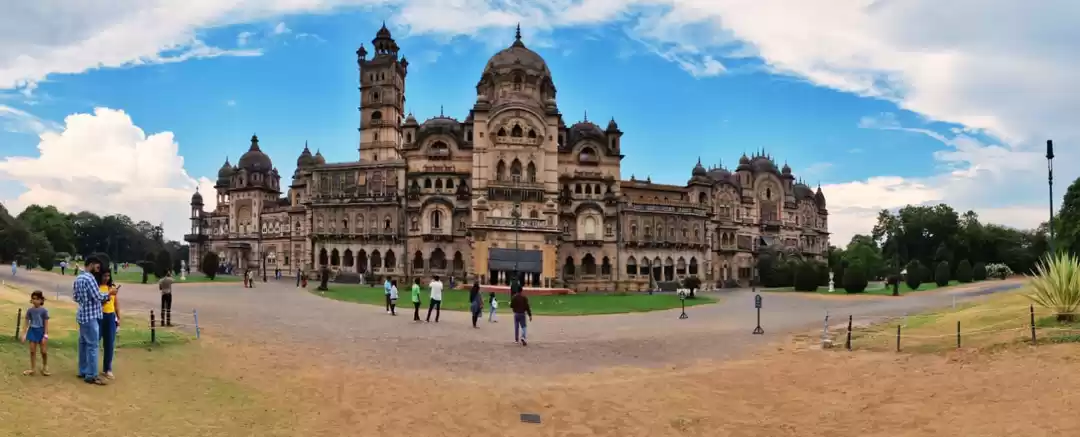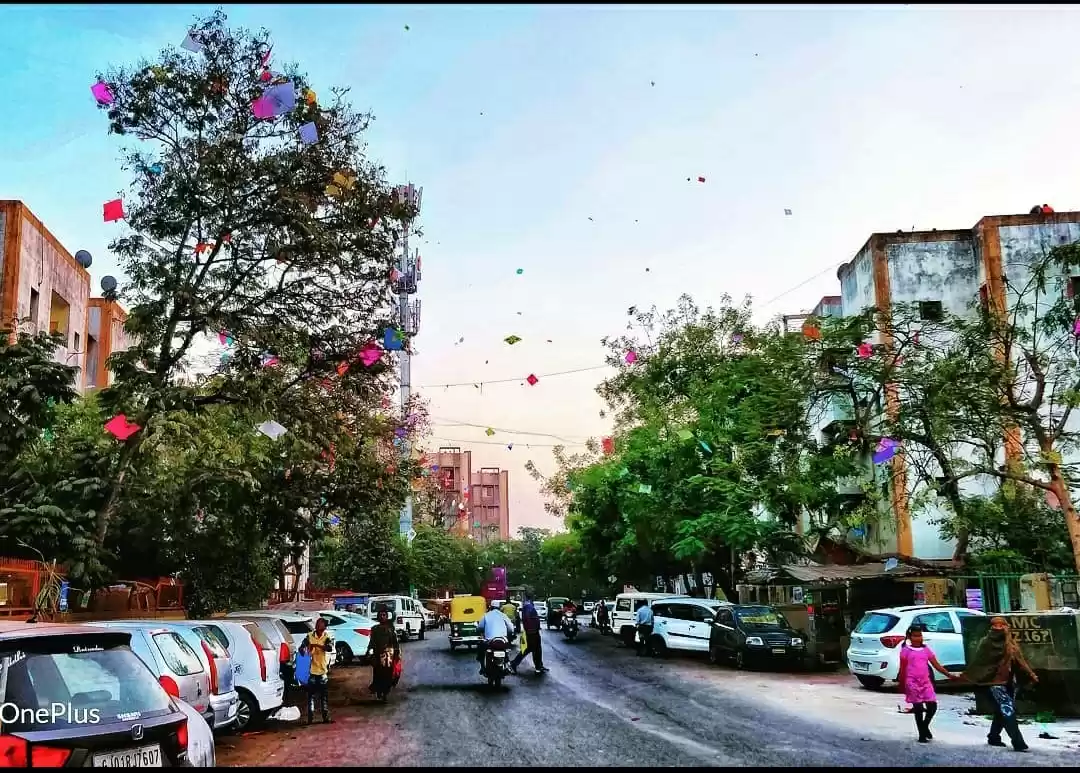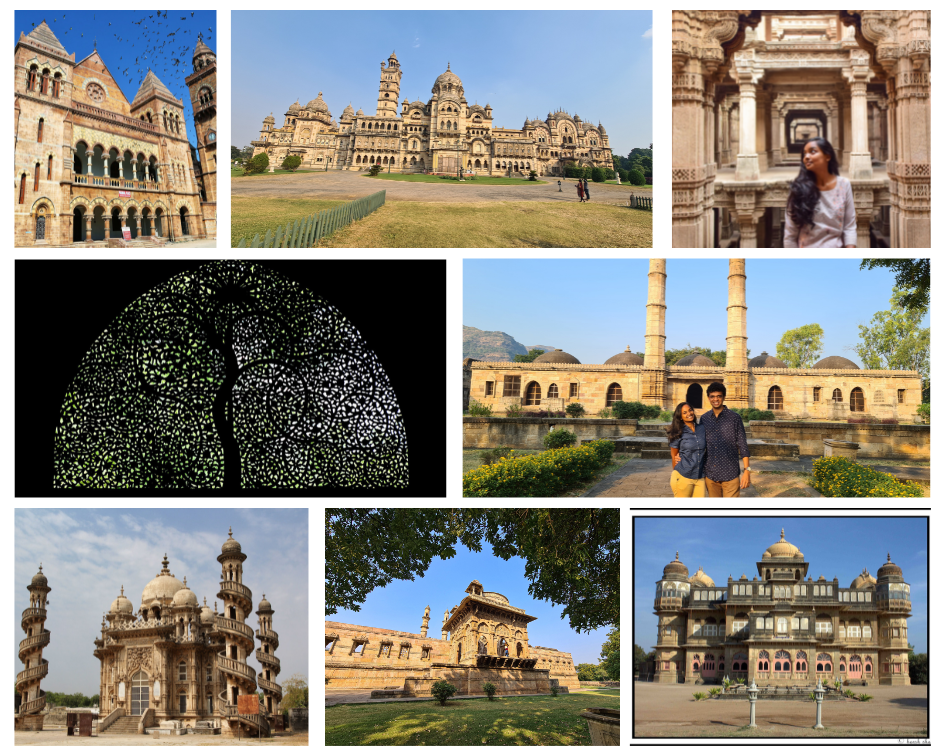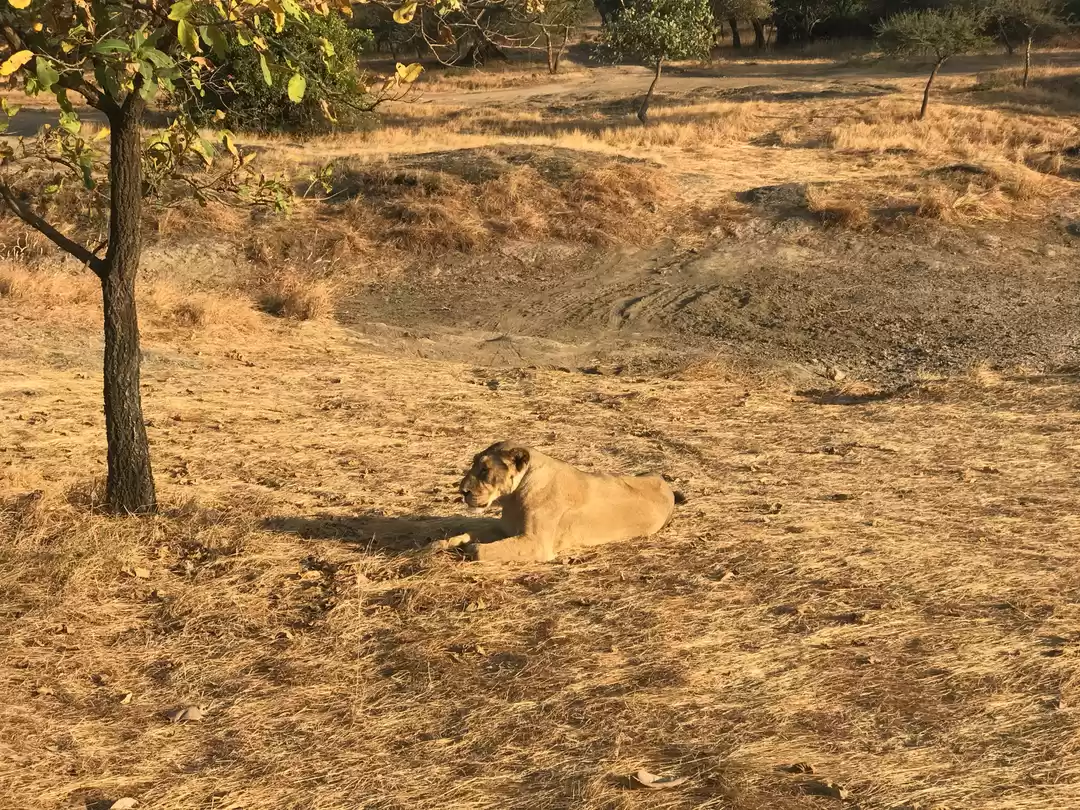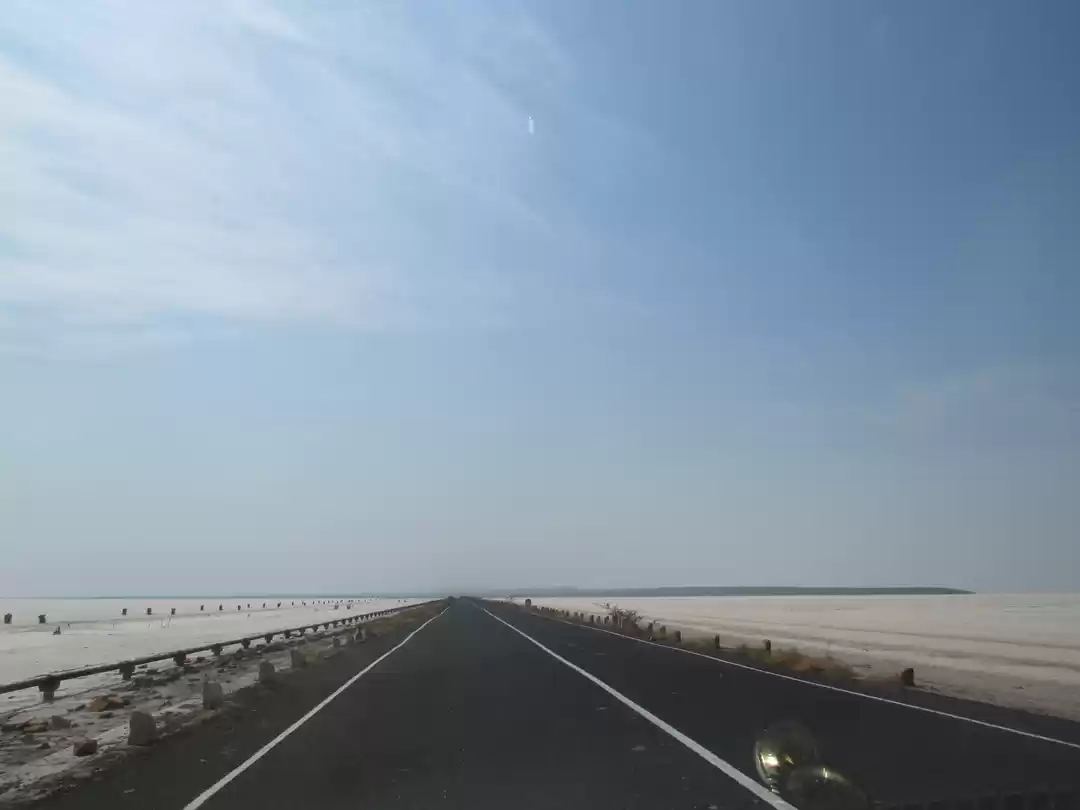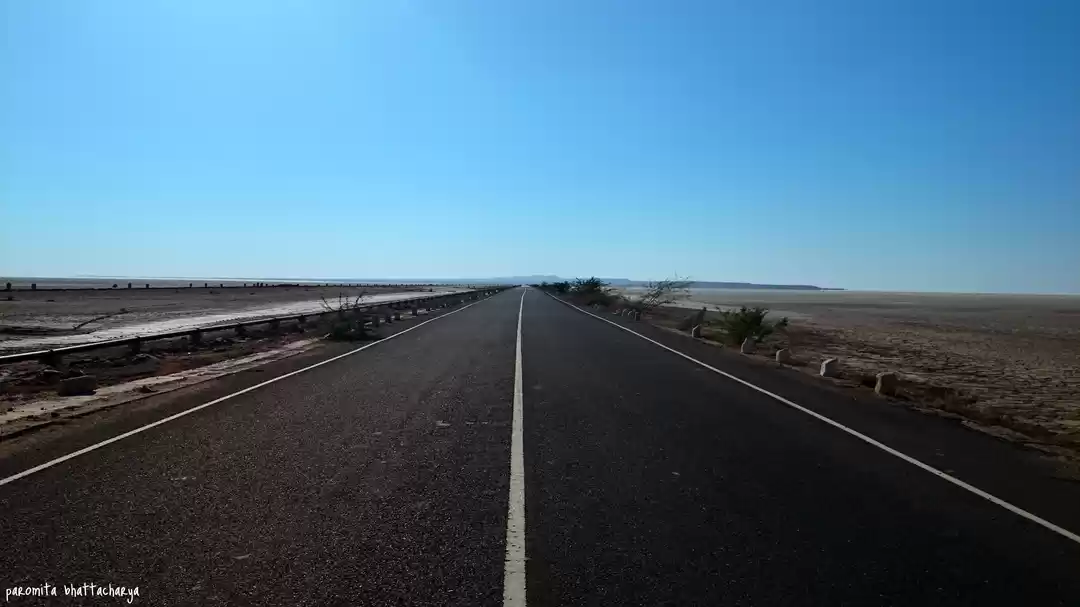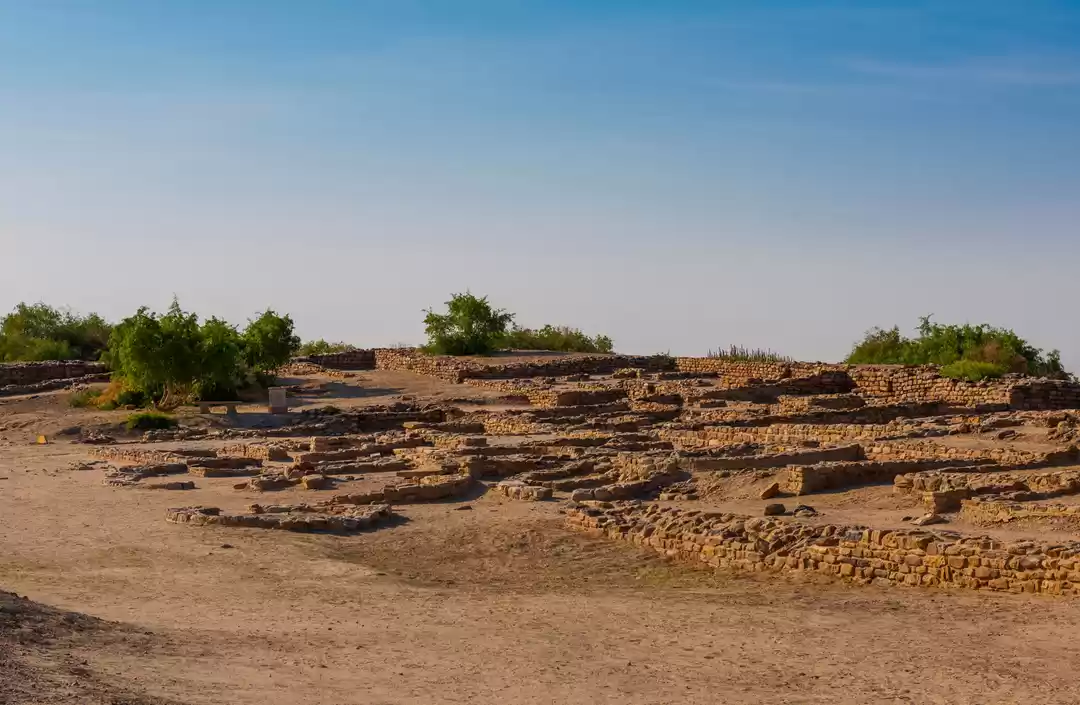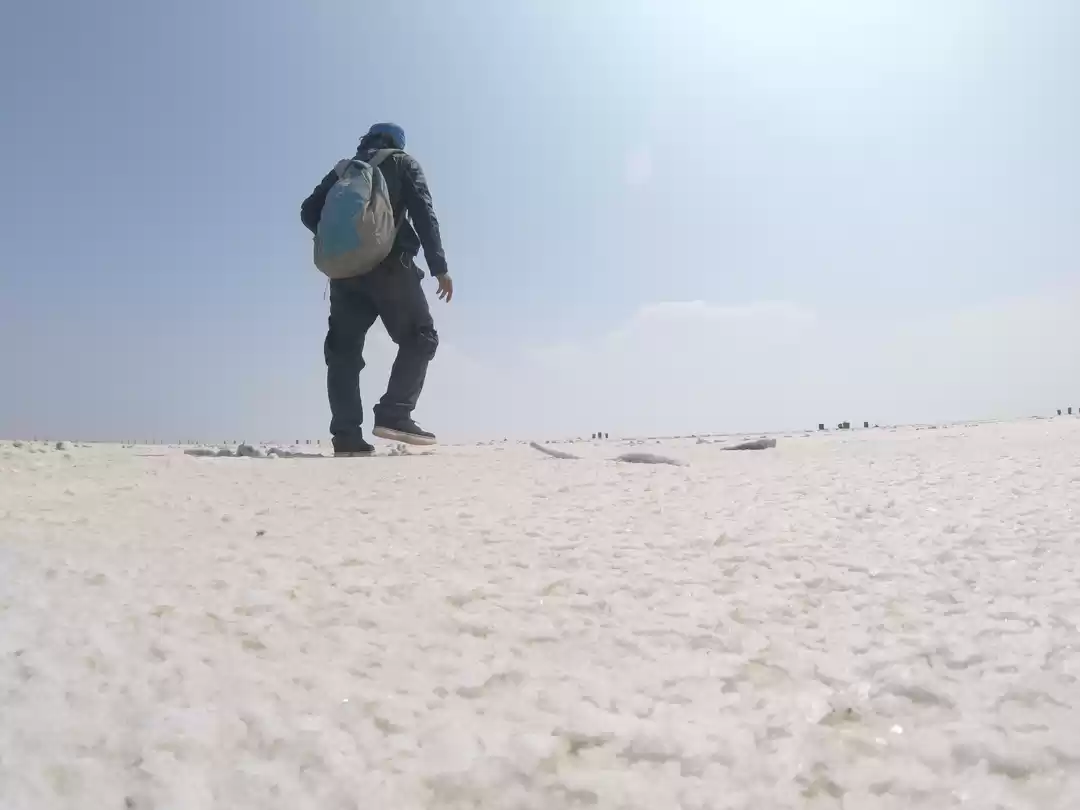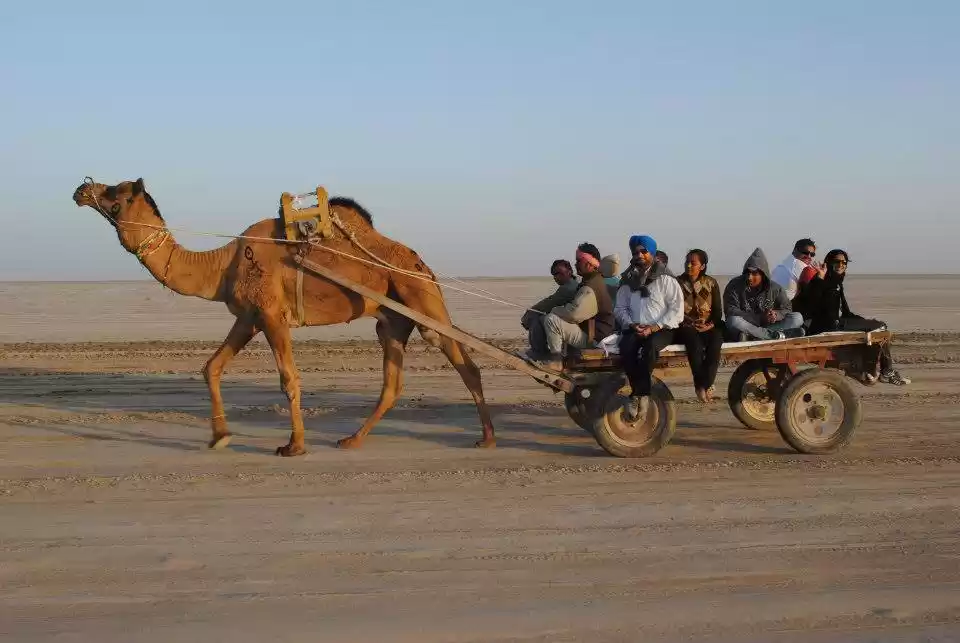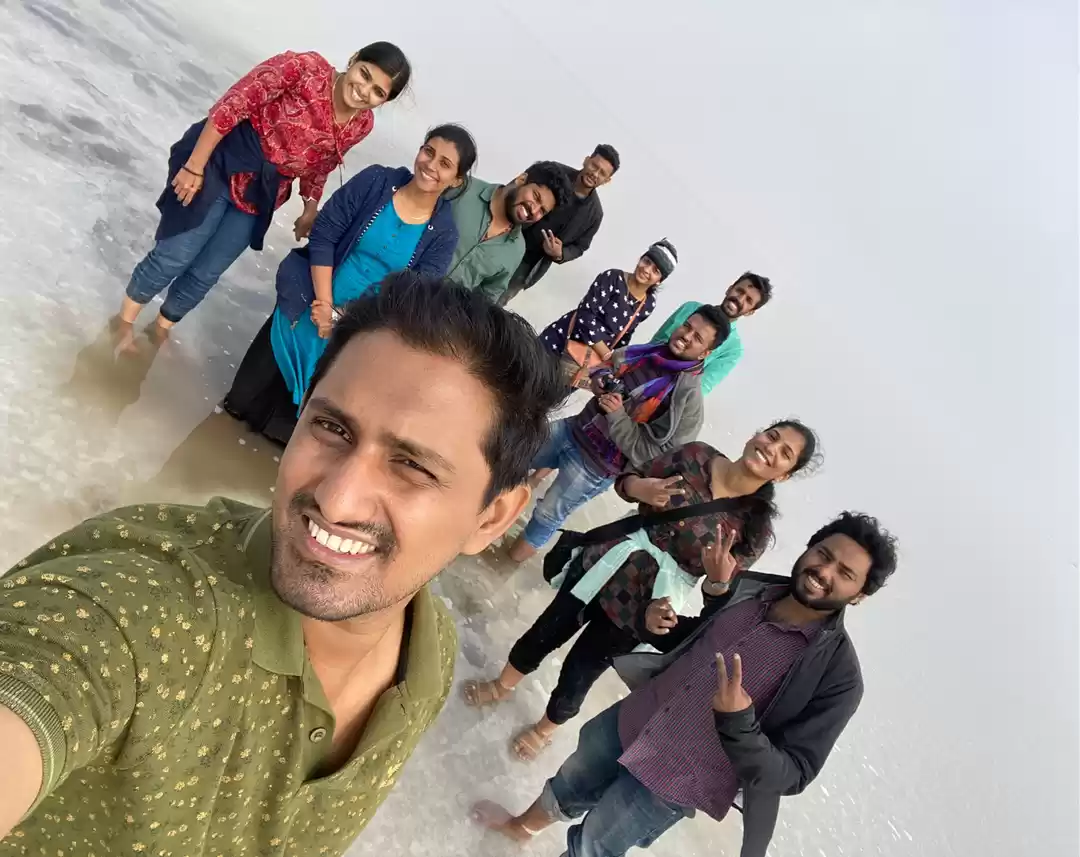I had been a history buff since my childhood days. I had got this love for ancient world in heritage from my father and we used to travel far and wide to provide food for our interest. The older the structure, the deeper are its imprints on my heart but little did I know that visiting an Indus Valley Civilization site would be such a fascinating experience.

Dholavira, situated on the western border of our county in the Kutchh region of Gujarat seemed like a place straight out of a history text book. The excavation site besides a small museum managed by Archaeological Survey of India is in dire state. Whatever little excavation was carried out at the place had also stopped many years back, like the other ancient excavation sites in the country. Ignored and dejected much of the area has been reclaimed by sand, rocks and vegetation and tells the same old story of the pathetic state of historical heritage of the country. There is so much to explore yet so little interest in people for the same. Maybe someday people would be able to blow up the cocoon of the ‘package’ oriented society and follow the real passions and I hope our natural, historical and cultural wonders are not completely lost by that time.

We had already contacted a local guide who was waiting for us when we arrived at the site. First we had a stroll in the museum where some of the pottery, seals and other artefacts found in excavations are kept and town planning and lifestyle of the people of that era are depicted in pictures. Most of the significant items found had been taken to prominent museums of the country.


As we moved closer to the main excavation site, huge water reservoirs surrounding a high residential area tries to unravel itself from earth’s lap. The drainage & water supply system of the city is quite evident due to its sheer scale and enormity. There were embankments for resisting the flow of a seasonal river and arrangements of twelve huge self-filling reservoirs to meet the water demands of the city.

The city was perhaps divided into many residential parts according to the social status of the people living in them it seems. There was also a huge stadium with pillared signboard depicting writing in the un-decoded pictographical language of Harappan people probably for showcasing some sort of performance by men and animals as evident from the skeletons and other remains found in the region. The city and stadium are made into stepped slopes to allow whatever little rainwater to flow into the reservoirs through small canals system.

The city was abandoned and remade many a times and each time the engineering got better till it reached its zenith with multi round-shaped roomed houses, advanced drainage and sewage systems, pillared and columned structures. At the peak of its power it is estimated that a population of around 20,000 people called this city home.

Not as grand as Mohenjodaro or Harappa, the place still provides a glimpse of intellectual & engineering heights of Harappan people about whom we still know so little.
Travel Info:
How to reach: Dholavira is situated at a distance of about 200km from Bhuj, the largest city in Kutchh region of Gujarat. The best way to reach is to hire a private vehicle. The road from Bhuj to Dholavira is quite good and passes through picturesque White Runn (salt desert).
Where to stay: There are very limited accommodations options in Dholavira and it is advisable to stay in Bhuj, or in homestays in one of the villages on the way. We stayed in Ramji Bhai’s ‘Morea Eco Farm’ in chobari village near Bhachau town.
Other Important Info: There are no restaurants, hotels or even shops in or around Dholavira or for several kms before so carry eatables and drinking water or you can ask your guide if he can arrange authentic Kutchh meal in his home, they usually are more than eager to offer cheap and simple meals. Just a few kms ahead is a fossil park for which safari jeeps and guides can be hired from dholavira, the road leading to fossil park is not in good state so taking personal or hired taxi is not advisable.
This post was originally published on Lazy Roads.

